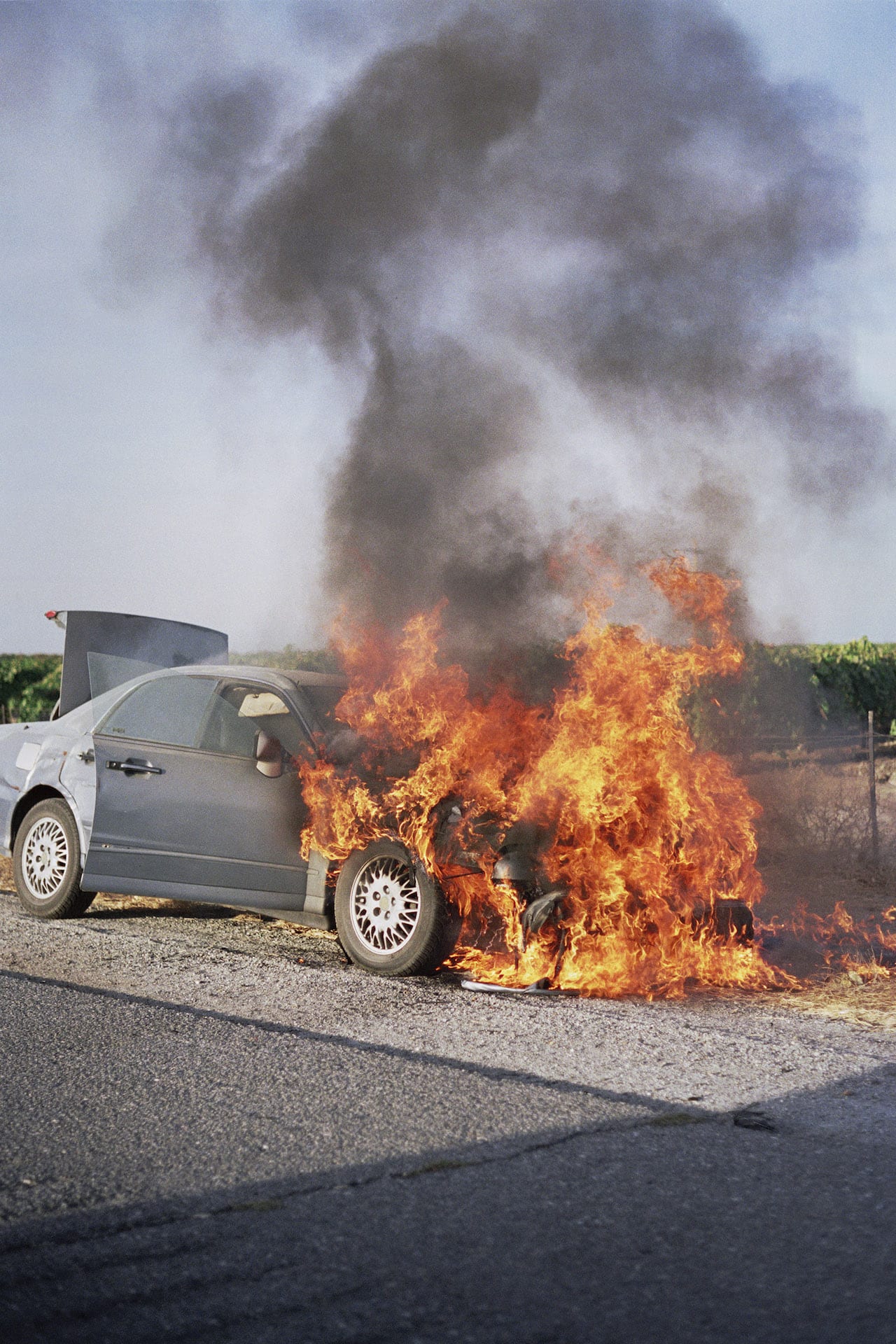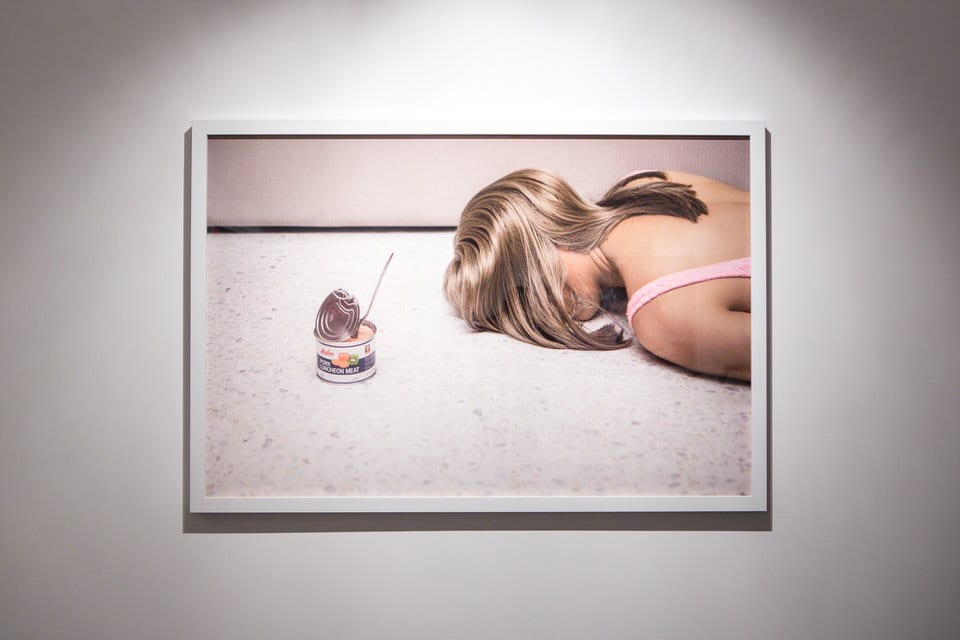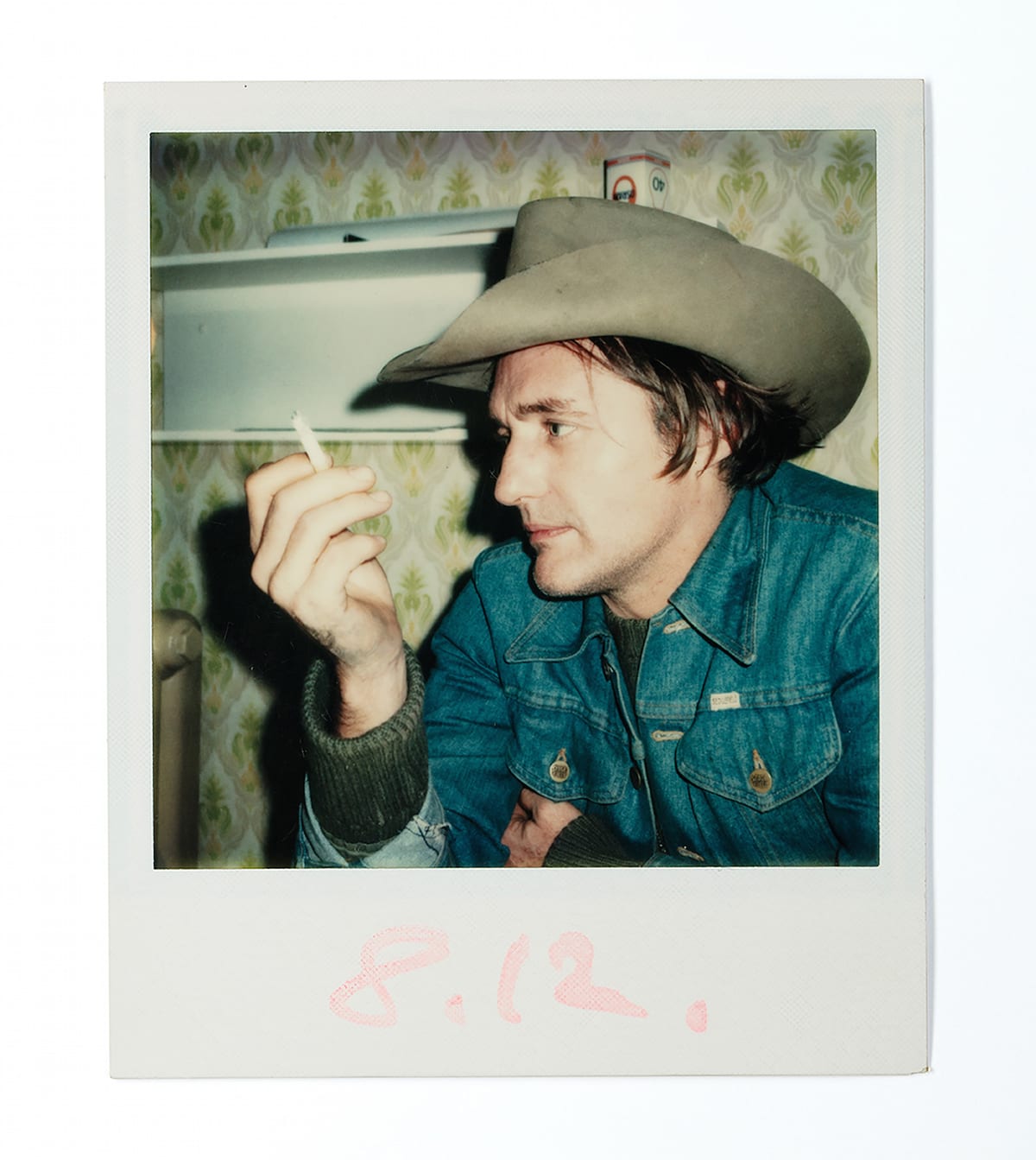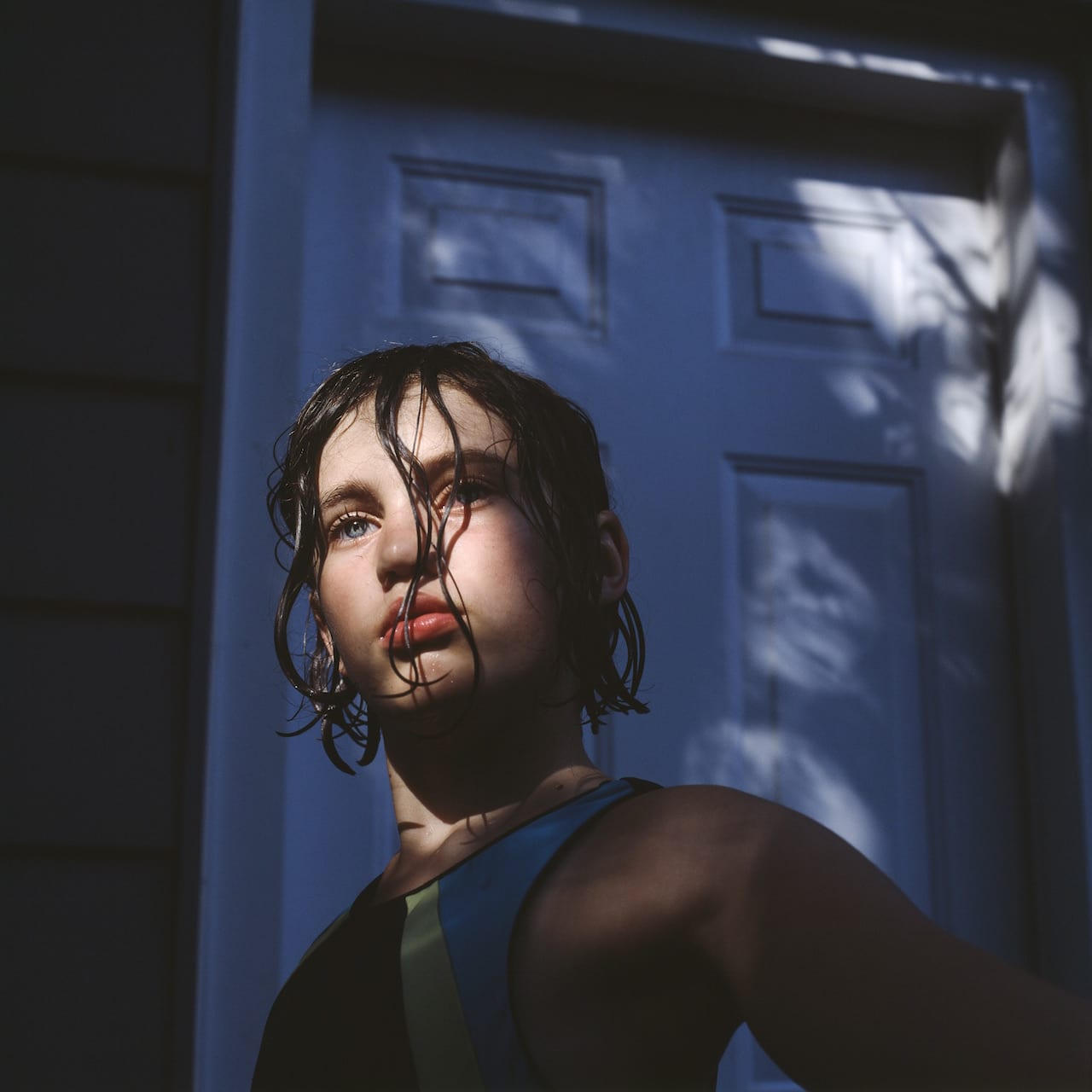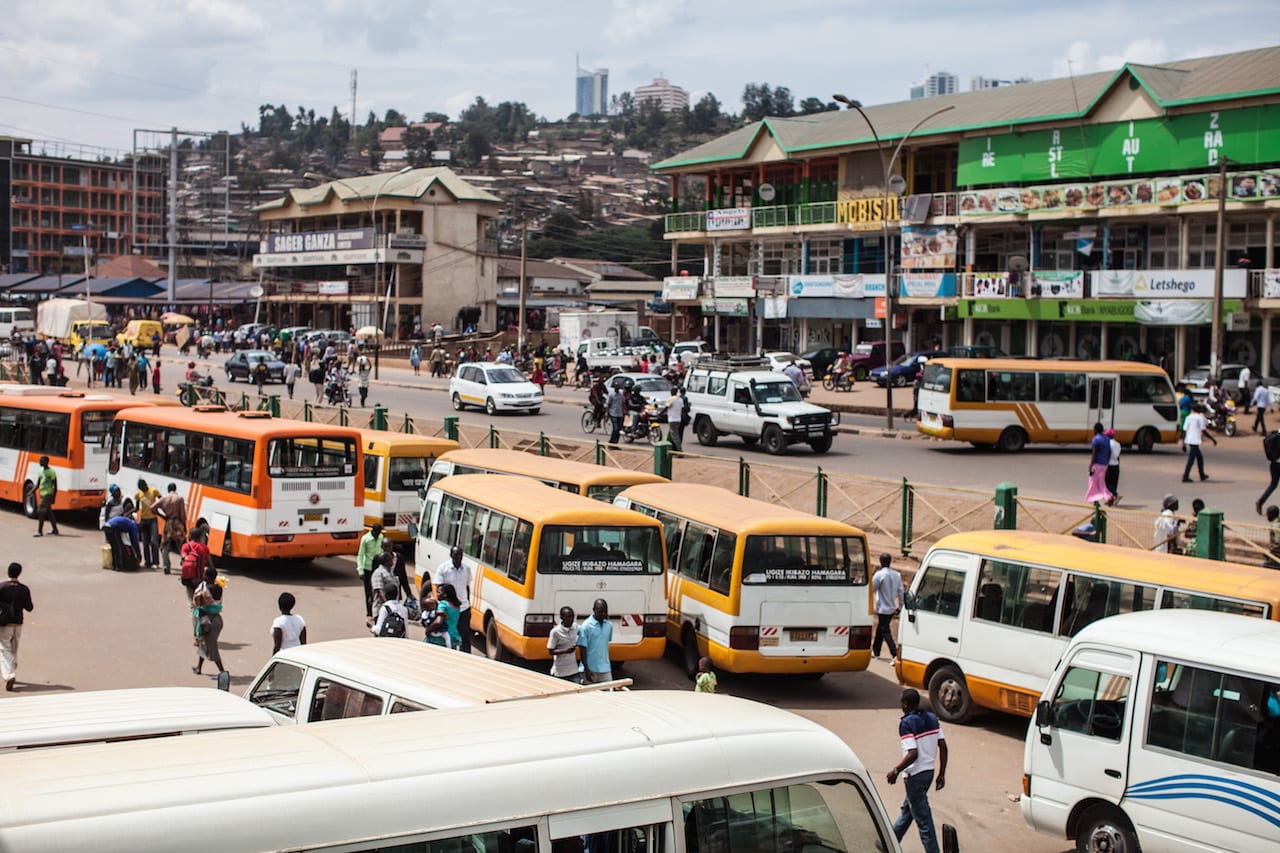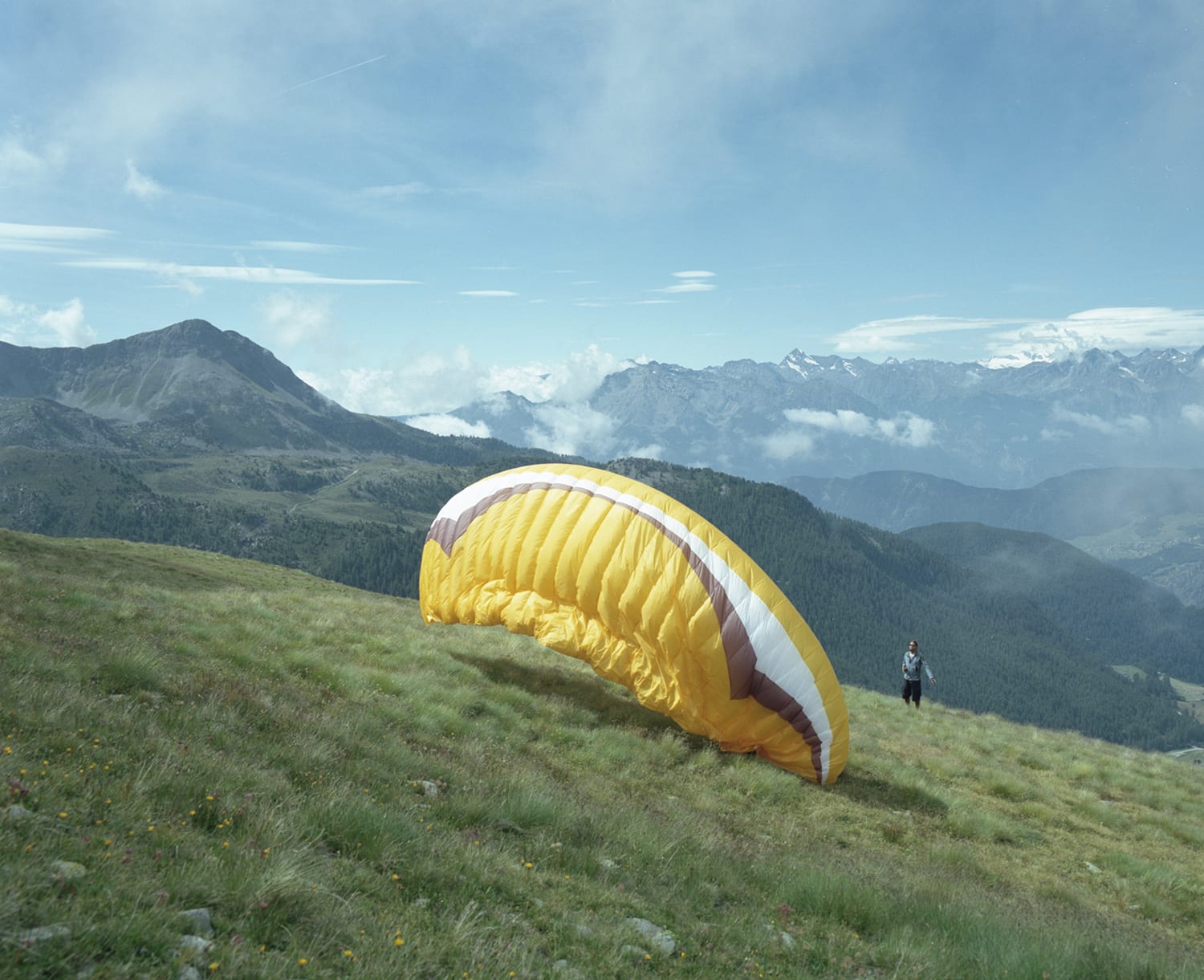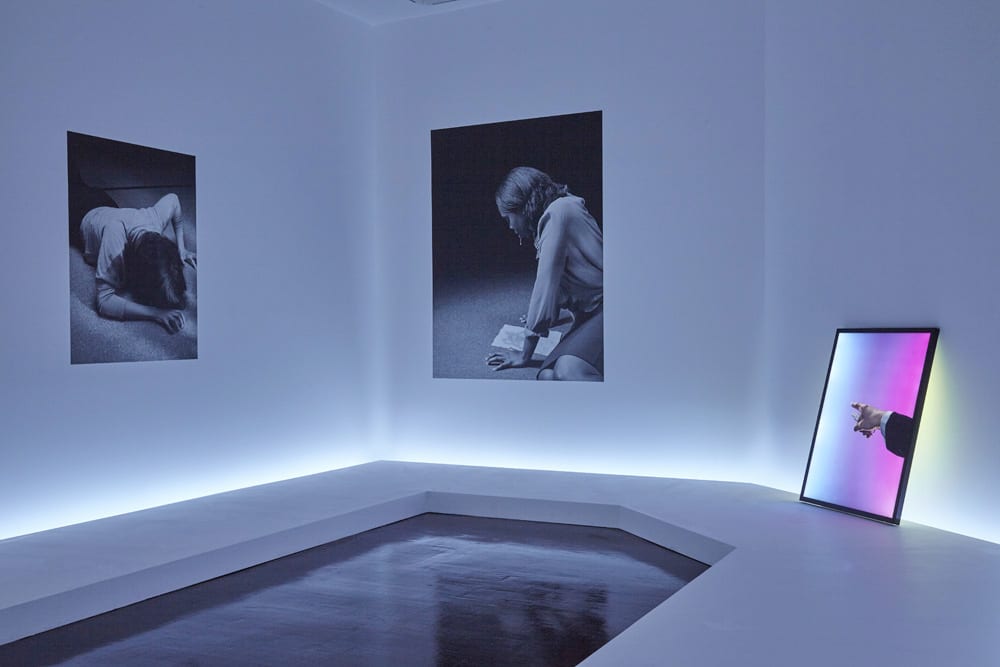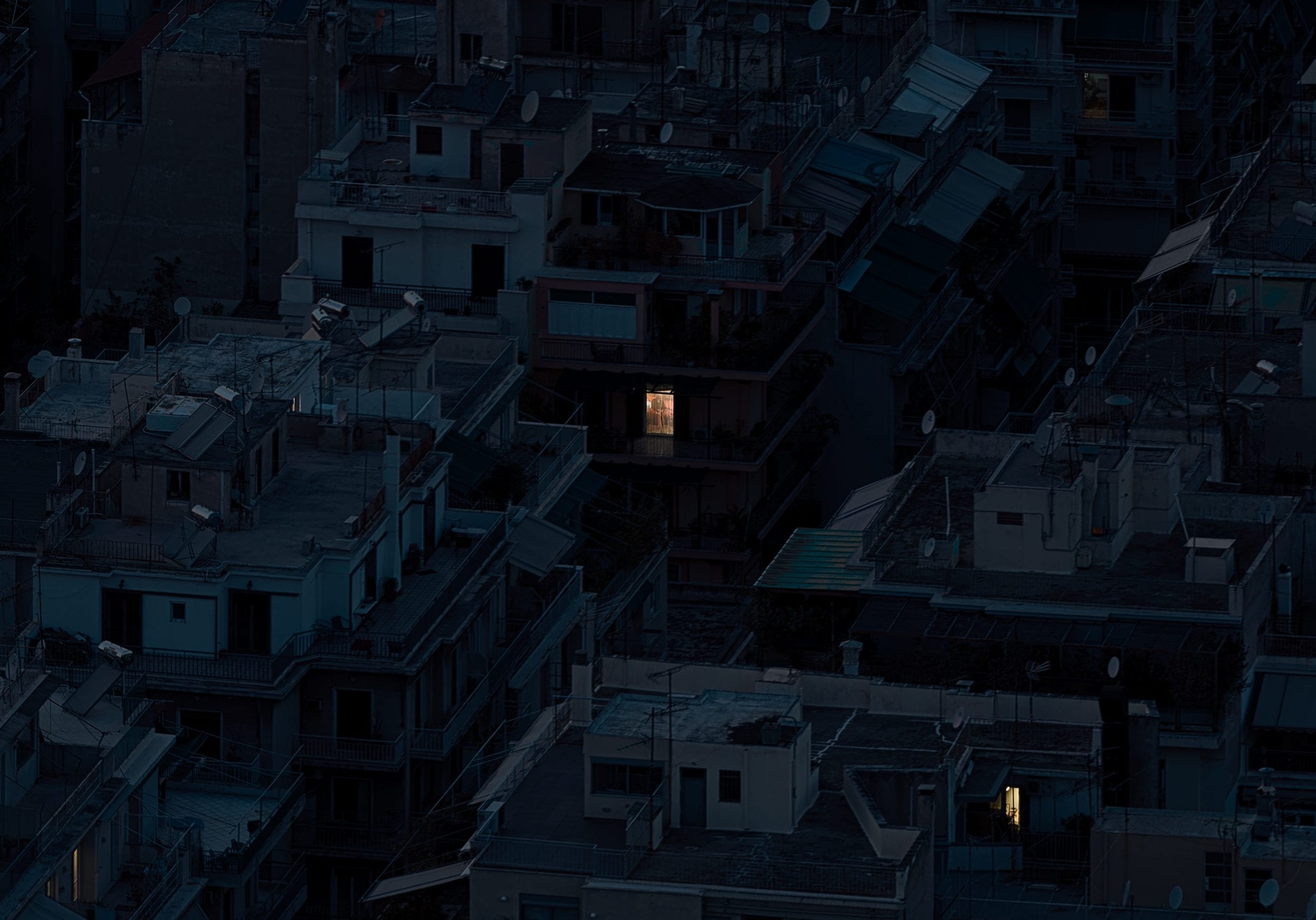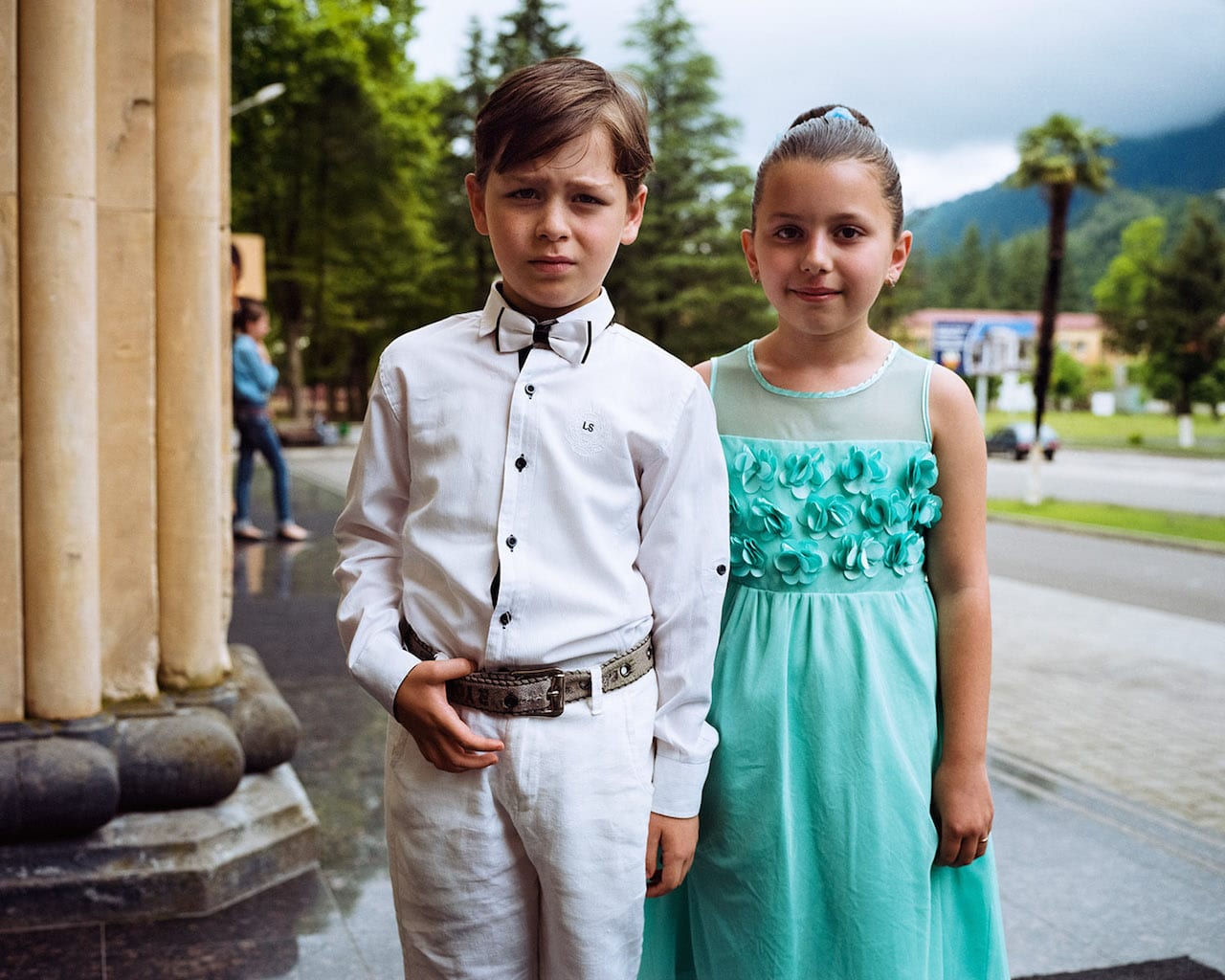Established in 2012, the Paris Photo-Aperture Foundation PhotoBook Awards are divided into three categories – PhotoBook of the Year, First PhotoBook, and Photography Catalogue of the Year. The winners will be announced on 10 November at Paris Photo, and all the shortlisted and winning titles will be profiled in The PhotoBook review and exhibited at Paris Photo, the Aperture Gallery in New York, and at other international venues. The year Albert Elm’s What Sort of Life is This, Mathieu Asselin’s Monsanto: A Photographic Investigation and the group book project Amplitude No.1, which is edited by Nadya Sheremetova and includes photographers such as Irina Yulieva, Igor Samolet and Irina Ivannikova, were among those to make the First PhotoBook shortlist this year
